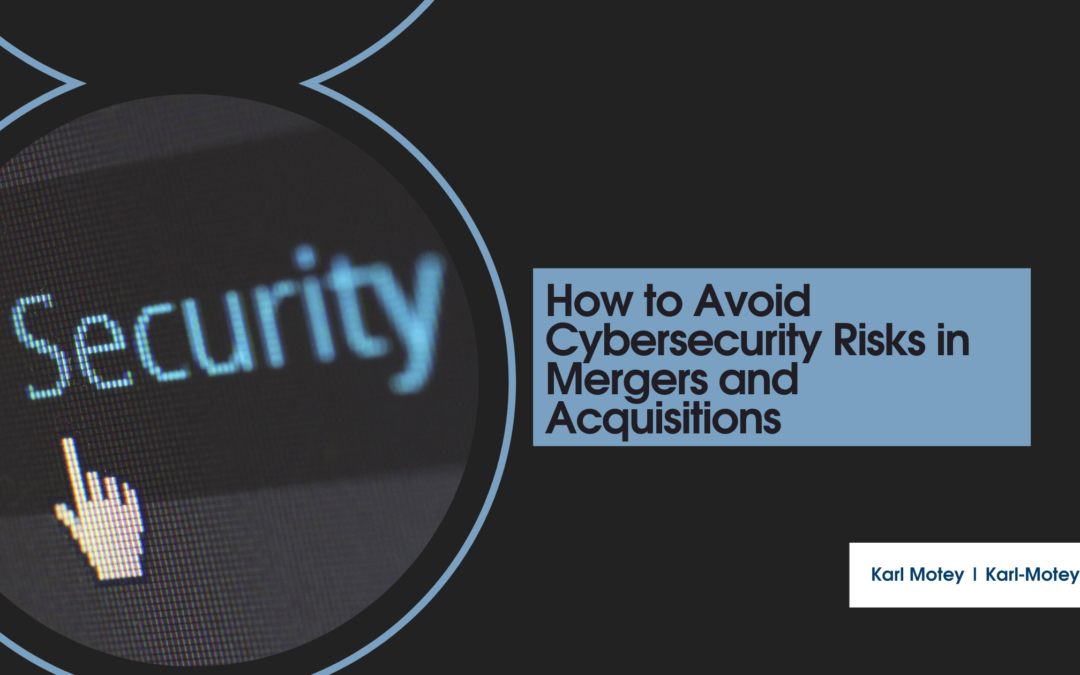Every day, companies around the world announce their latest mergers and acquisitions. While M&A has become commonplace – certain elements should never be taken lightly. Such as cybersecurity for all involved companies.
By their very nature, mergers and acquisitions require the transition of funds and data – meaning that companies are at their weakest during this time. Those with malicious intentions will see the vulnerability for what it is – and strike. Here are some ways to avoid cybersecurity risks during this time.
Understand the Risks
One of the best ways to protect oneself and the company is by understanding the risks. This means having a complete understanding of how the company might be targeted and why. As the saying goes, knowing is the first step in any process.
According to AON, there are five types of cybersecurity risks for M&A. These risks are General Population Risks, Deal Execution Risks, Value Creation Risks, Carve-Out & Integration Risks, and Future Cyber DD Risks.
Be Proactive
Next, a company must be willing to be proactive with its security. If they wait until a problem occurs to react to it, then they’re already too late. This is especially true in cybersecurity, where breaches happen brutally fast.
A proactive stance on cybersecurity requires hiring experts, using the right tools, and the willingness to stay up to date with current trends and threats. When combined, these tactics will help make a company safer.
Run Security Tests
Not sure if the security system has what it takes to keep out malicious hackers? Run a test – see what the security can hold up against. This will also provide an excellent understanding of the vulnerabilities, and therefore what must change next.
There are tools readily available to make this sort of testing more accessible. For example, Purple Knight is a free AD security assessment tool that should not be overlooked.
Provide Training
A security system is only as sound as the people backing it up. In other words, for a security system to be as strong as possible, it requires highly trained people at the helm. Provide training to all employees, especially those that will have access to any virtual or digital tools.
